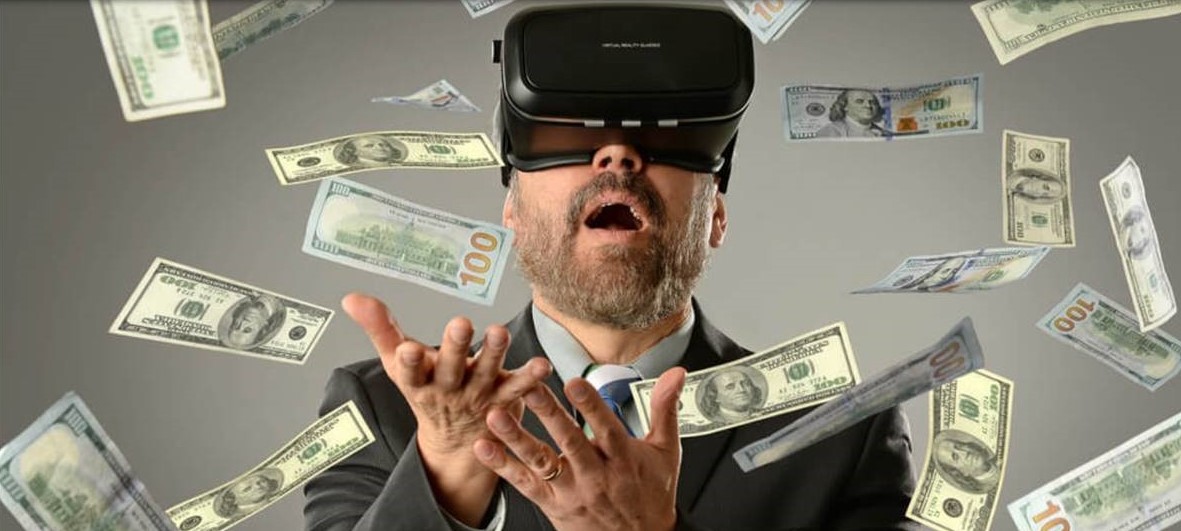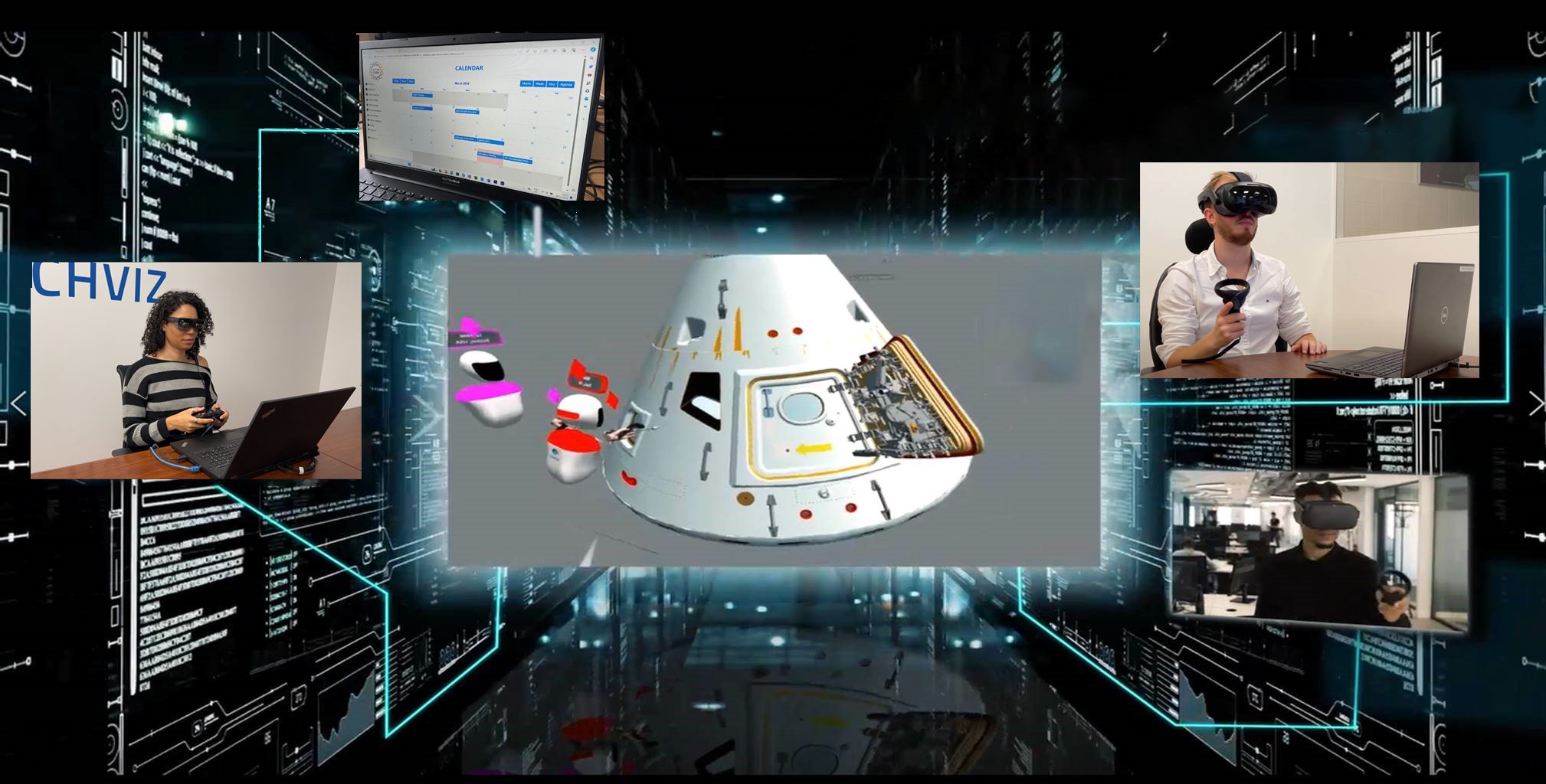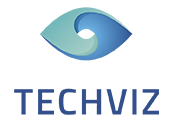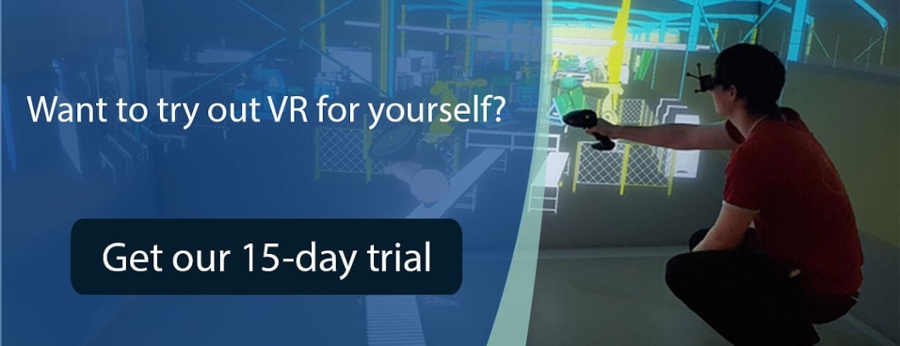As TechViz celebrates its two-decade journey, it's remarkable to reflect on the profound impact this innovative company has had on the world of 3D visualization and extended reality (XR). Since its inception, TechViz has been at the forefront of revolutionizing industries worldwide, streamlining production cycles, and enhancing productivity. Let's embark on a journey through the key milestones of this trailblazing enterprise so far and what lays ahead for the next 20 years.
A Unique Journey: TechViz Timeline
- 2004: TechViz was founded in Paris, setting the stage for its journey to become a global leader in VR software development.
- 2007: Expansion into international markets commenced, marking the beginning of TechViz's global presence.
- 2012: TechViz introduced its first remote collaboration feature
- 2016: TechViz solidified its reputation as an industry leader, with a significant portion of its revenue generated from international exports.
- 2020: Continued innovation propelled TechViz into the forefront of the XR through the use of Cloud infrastructure for remote rendering.

TechViz's Impact Today
TechViz stands as a beacon of innovation for instance with its immersive webconferencing service or cutting-edge colocalized mixed reality capabilities. It empowers industries worldwide to validate designs, expedite time-to-market, and minimize errors. By leveraging TechViz's solutions, businesses experience heightened innovation capabilities, increased productivity, and sustainable growth.
Overall, TechViz’s VR Software provides a disruptive offer that allows industrials to visualize their 3D data in VR, directly from more than 200 compatible applications (Catia, Creo, NX, Navisworks and many more). The highlight is that the client can modify his model in real-time in the native CAD software which is a considerable increase of productivity.
In a world where data is in the centre of everything, we can only assume how important it is for companies. And therefore ThechViz’s solution does all of that without any data conversion.
The next 20 years: Driving Innovation Forward
The professional XR industry is at a very exciting moment of its journey. Technology is now very mature, lifting most frictions that have hampered wide scale adoption until now. That being said, it sometimes gives the impression to go into all directions, even for industry insiders. With its accumulated 20-year experience, who best than TechViz can sort out the fundamental market trends from the noise? This is what we are going to do in the rest of this article.
Future Use Cases: check for the actual added value
If there is one thing that helps to always move forward, it is the ability to learn from ones’ missteps. The history of XR is paved with waves of hype that have quickly fallen flat. As mentioned earlier, the Metaverse Debacle is quite a good example in this case and can serve as a cautionary tale, highlighting the importance of delivering tangible benefits to users versus existing non-immersive technologies.
Therefore, unlike some ambiguous promises, TechViz thrives by providing practical solutions that address genuine industry needs. The aim is to make the advantages of the service offered obvious for its users. Proving its value for the customers and how it benefits the company with a clear impact on its projects’ ROI.
As a matter of fact, we have seen some use cases widely implemented: Training, virtual prototyping and collaborative design to name a few. They are probably poised for continued growth and even more general adoption thanks to recent innovations. For instance, solutions such as TechViz XR PubliShare make it possible to easily develop in-house simple training scenarios, lowering dramatically the threshold to justify the investment in immersive training.
On top of these existing applications, TechViz experts foresee new use cases emerging, many of which are closely linked to the emergence of generative AI. Indeed, we are currently witnessing the implementation of generative AI modules within CAD applications, able to generate scores of design variations to help designers work faster. A new question arises: how to choose the right proposal? If it takes more time than the designer used to take for its first draft, such AI modules miss the point. Immersive visualization can definitely help, but then it is of the essence to have a direct workflow from CAD model to XR (such as TechViz) to check the design interactions on the spot.

Hardware Evolution: Embracing Diversity and Innovation
Diverse solutions for diverse needs: TechViz recognizes that one size does not fit all when it comes to hardware solutions and it not going to happen any time soon
For instance, some have thought the market for immersive rooms such as CAVEs would be wiped out by the rise of VR headsets. We are now realizing that this is not the case, as they answer specific needs. They are high profile installations that still are preferred for group VR sessions involving top management or customers. They also serve as a proof point of back-to-the-office policies: you don’t have access to such equipment working from home.
The interest is also renewed by new technologies such as LED. With small pitch LED walls becoming affordable, they become a competitive option, with their benefits in terms of space, as well as brightness and contrast. Also, they inherently have the potential multi tracked user set-up: given their high frequency and brightness, it is easy to imagine multi-stereoscopic flow. It already exists for 2 users, able to have their own point of view and autonomous navigation, and it is bound to be developed for 3 users of more in a near future.
Other screen-based set-up will continue to exist. We are seeing a new wave of autostereoscopic screens being launched, enabling to see in 3D without any glasses. Such systems have their limitations, but they are useful for direct visualization of the ongoing design work.
As far as headsets are concerned, Mixed Reality seems to currently have the upper hand. Overlaying 3D content over a camera-based rendering of the surrounding indeed seems to be a good compromise for smooth combination of both real and simulated environment. It will likely stay that way for a while, as it is the road chosen by main OEMs: HTC, Meta and obviously Apple. With the competition between them, we can expect improvements on the weak points of existing devices: better definition, wider field of view, smoother handling of objects closed to the user (the rendering of the hands of the user definitely deserves improvement).
On top of the specifications of headsets themselves, interactions will the environment are likely to become a key area of innovation. A new step has been reached with Apple’s controllerless “Spatial Computing”, but it will certainly not stop there. Here too, AI is bound to help: a mixture of voice and gesture recognition may well do the job where gesture itself falls short of fully replacing controllers.
Object recognition in the environment is also on the priority list for breakthrough changes. Colocalized mixed reality, which was a pipe dream until recently, is now a reality and it won’t stop there, again with the help of AI. New possibilities to interact dynamically with the environment, some of which we can’t even think of, will gradually come to the market. Stay tuned with TechViz to learn about them!

Network Infrastructure: Powering the Future of Immersive Collaboration
Real-time XR requires a lot of computing power and that won’t change any time soon. There is no possibility any time soon to embed in a headset what is needed in terms of GPU. We can safely forecast that users will choose miniaturization of the device itself with the rendering done remotely and streamed to the headset.
Additionally, no company is willing to invest in a VR-ready PC for all its employees and it is not likely to change any time soon.
Both these factors weight heavily for a quick development of remote rendering on Cloud servers. Immersive visualization as a service is already a reality, with NTT having launched in Japan an XR webconfering service based on TechViz technology and is likely to become the standard is a not-so-distant future.
Chicken or egg, this will come simultaneously with huge improvements in terms of latency and stability. Smooth user experience can be achieved today in specific areas (metropolitan areas of Japan being amongst them), it will have to become standard for wide scale adoption.
Conclusion: Charting a Course for Innovation and Growth
As TechViz embarks on its journey into the future, one thing remains abundantly clear: the potential for innovation in the realm of immersive technologies is limitless. With a steadfast commitment to driving tangible value for its users and a relentless pursuit of excellence, TechViz stands as a beacon of innovation in an ever-evolving landscape. Here's to the next 20 years of visionary leadership and groundbreaking achievements. The future is immersive, and TechViz is leading the way.






 Back to Blog
Back to Blog




